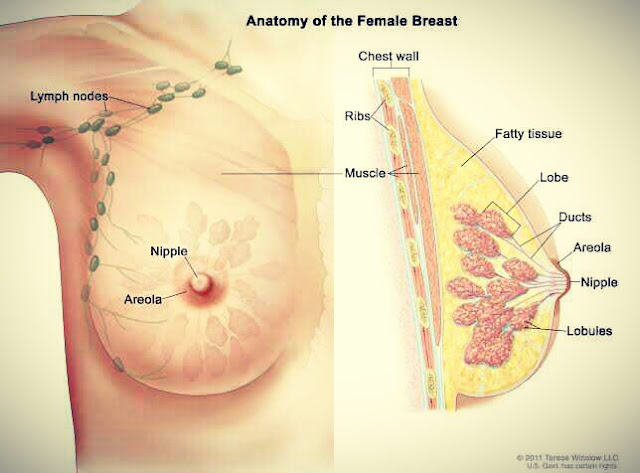What is Metastatic Breast Cancer ( Hamari Duniya Pak )
Breast cancer is a type of cancer that begins in the breast tissue. It is one of the most common types of cancer in women, and in some cases, it can also affect men. Breast cancer can be classified into several subtypes based on various factors such as the location of the tumor, the cell type, and the presence of specific receptors.
Metastatic Breast Cancer, also known as stage IV breast cancer, is a type of breast cancer that has spread from the breast to other parts of the body, such as the bones, liver, lungs, or brain. When cancer spreads from its original site to other parts of the body, it is known as metastasis.
Breast Cancer cells can spread to other parts of the body through the lymphatic system, which is a network of vessels and nodes that helps the body fight infections and diseases. Cancer cells can also spread through the bloodstream, which can carry them to distant organs and tissues.
When breast cancer spreads to other parts of the body, it can cause a range of symptoms depending on the location of the metastasis. Some common symptoms of metastatic breast cancer include:
Persistent cough or difficulty breathing
Loss of appetite or unexplained weight loss
Headaches, seizures, or confusion
Jaundice (yellowing of the skin and eyes)
Swelling in the abdomen or legs
Metastatic breast cancer is a serious condition that can be challenging to treat. However, with the right treatment, many women with metastatic breast cancer can live for several years.
Risk factors for metastatic breast cancer
There are several risk factors that can increase a person's risk of developing metastatic breast cancer. Some of the most common risk factors include:
Age: The risk of breast cancer increases as a person gets older. Most cases of metastatic breast cancer are diagnosed in women over the age of 50.
Family history: Women with a family history of breast cancer, particularly those with a history of BRCA1 or BRCA2 gene mutations, are at higher risk of developing metastatic breast cancer.
Hormone receptor status: Breast Cancers that are hormone receptor-positive (estrogen receptor-positive or progesterone receptor-positive) are more likely to spread to other parts of the body than hormone receptor-negative breast cancers.
HER2 status: Breast cancers that overexpress the HER2 protein are more likely to spread to other parts of the body than HER2-negative breast cancers.
Stage at diagnosis: Breast cancers that are diagnosed at a later stage (such as stage III or IV) are more likely to have already spread to other parts of the body.
Treatment history: Women who have had breast cancer in the past, particularly those who have had a recurrence, are at higher risk of developing metastatic breast cancer.
Diagnosis of metastatic breast cancer
Metastatic breast cancer is usually diagnosed after a person has already been diagnosed with breast cancer and has undergone treatment. However, in some cases, metastatic breast cancer may be the first sign of breast cancer.
The diagnosis of metastatic breast cancer usually involves a combination of tests and imaging studies. Some of the most common tests used to diagnose metastatic breast cancer include:
Imaging tests: Imaging tests such as CT scans, PET scans, and bone can help detect the presence and location of metastases.
Biopsy: A biopsy involves removing a small sample of tissue from the suspected site of metastasis and examining it under a microscope to determine if it is cancerous.
Blood tests: Blood tests can help detect certain markers that may indicate the presence of cancer.
Treatment of metastatic breast cancer
The treatment of metastatic breast cancer is aimed at controlling the spread of the cancer and relieving symptoms. While metastatic breast

0 Comments
Post a Comment